Cucurrucucu
Cucurrucucu
Three pairs of goosanders between the rail bridge and Wellington Bridge. Where do they nest?
Also a solitary goldeneye fishing amongst them.
Also a solitary goldeneye fishing amongst them.

Probably a bit upriver. I think the closest I've seen Goosander chicks is around Cults/ Inchgarth.Three pairs of goosanders between the rail bridge and Wellington Bridge. Where do they nest?
Also a solitary goldeneye fishing amongst them.



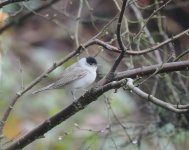
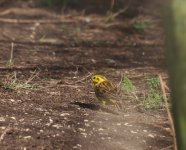
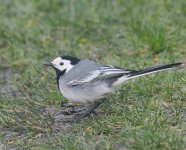
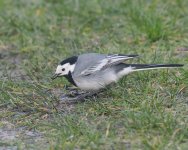

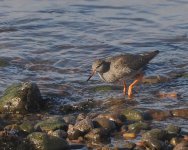
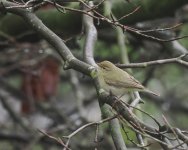
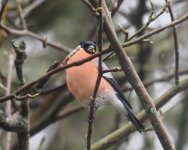
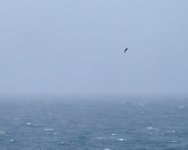


How do you tell the difference between a meadow and a tree?spotted a pipit flying into the bushes along the burn. I realised it was a Tree Pipit
And how do you tell a white from a pied?approachable White Wagtail was trotting about.


Thanks Andrew.With White Wagtail, they're paler and greyer on the back, rump and flanks than Pied, although sometimes they can be very similar.
When I was on Fair Isle in 1992 the warden (Paul Harvey) could identify Tree Pipits purely by the way they flew. Needless to say I've only ever been able to identify them if they're fluttering up and down singing above a tree. The words 'Pipit' and "Acrocephalus warbler" tend to make my brain go into seizure mode. Calidris 'peeps' are a dawdle by comparison.Asking the hard questions there. The Tree Pipit was calling quite a bit, which is fairly distinct from Meadow (much raspier). Also note the fine flank streaks and broken eye ring formed by a dark line between the eye and the bill. Also the toes are relatively short and curved. And it's in a tree!
With White Wagtail, they're paler and greyer on the back, rump and flanks than Pied, although sometimes they can be very similar.

Not because of its markings or call but because it is in a tree?The Tree Pipit was calling quite a bit, which is fairly distinct from Meadow (much raspier). And it's in a tree!
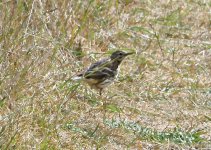 , the rock pipit
, the rock pipit 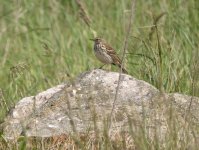 ,
,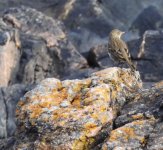 , the lichen pipit
, the lichen pipit 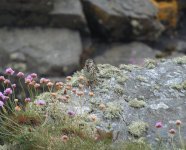 ,
,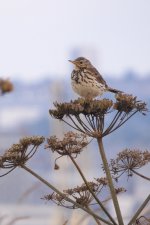 ,
,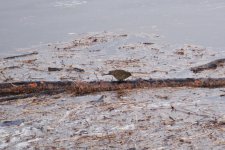 , the gorse pipit
, the gorse pipit 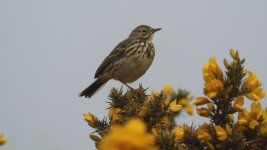 ,
,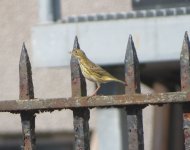 , the paling pipit
, the paling pipit 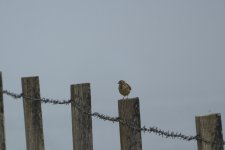

Thought the tree pipit was an imposter!All of the pipits are Meadow Pipits except for the one on flotsam, which is a Rock Pipit. The song in the video is a typical Meadow Pipit song.

